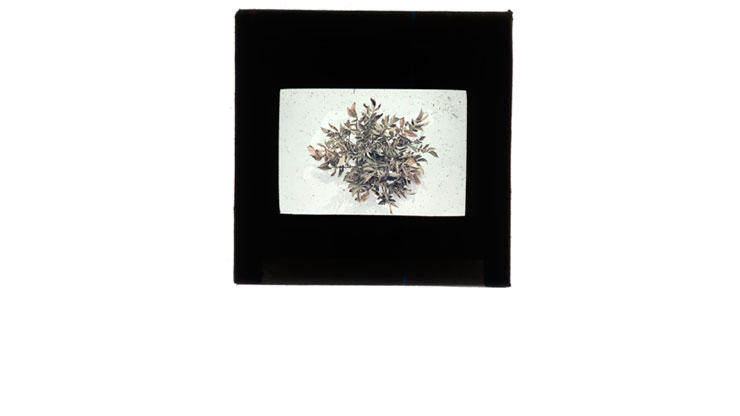Ella Littwitz | Cabinets of Wonder in Contemporary Art
Curators: Dalia Levin, Daria Kaufmann and Ghila Limon
Sep. 8, 2012 - Dec. 29, 2012
Born in Israel, 1982
Hollow Heart, 2012, archive of projected slides and pigment prints
Hollow Heart examines various deformities through the aesthetic presentation of different diseases. This installation includes a projection of old slides, which were photographed in Germany several decades ago. Together, these images form an archive of diseases and deformities that affect different parts of the potato plant, including the leaves, roots, and so forth. Hollow Heart, the title of this work, is the name of one of the featured diseases, which involves the appearance of a black, star-shaped hole at the center of the tuber.
